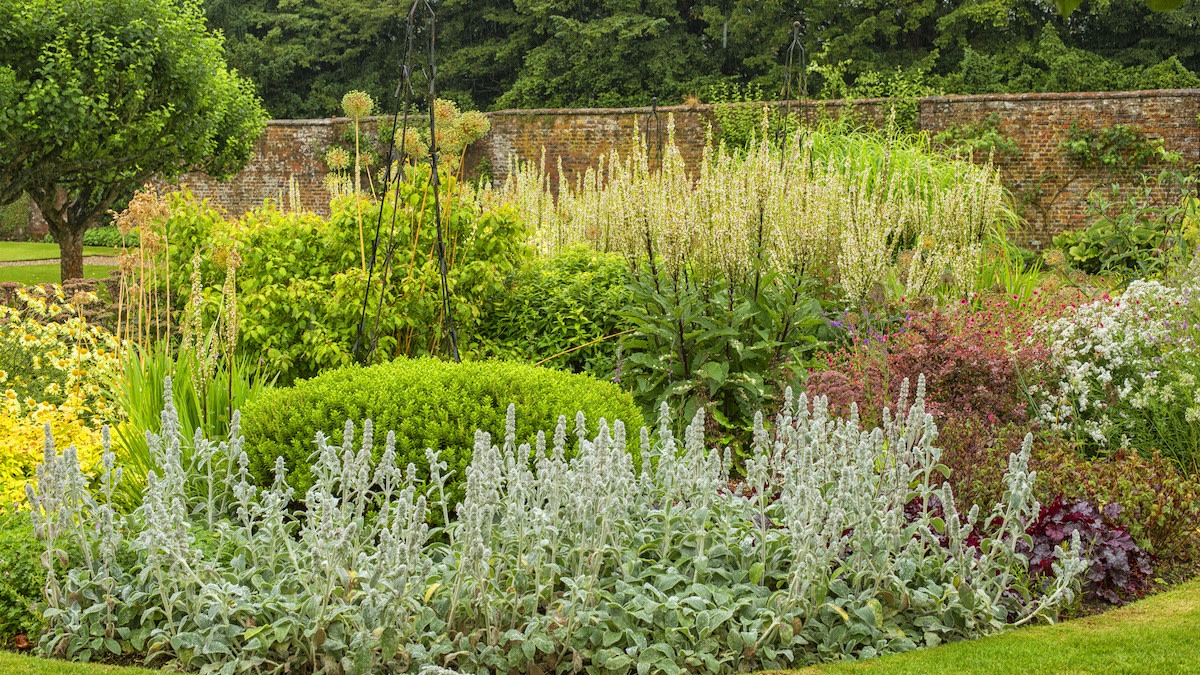What Is a Rain Garden? How a Rain Garden Works
Written by MasterClass
Last updated: Sep 3, 2021 • 3 min read
A rain garden, also known as an infiltration planter, on your property can help manage excess water produced by storms, reduce standing water in your yard, help underground utilities from becoming overwhelmed, and create an aesthetically pleasing landscape with lots of native plant species.
Learn From the Best
What Is a Rain Garden?
A rain garden is a collection of plants native to the area that sit in a shallow depression in the ground. You position them such that they receive water from the downspouts on the house, so when it rains they can use the stormwater to feed their deep roots. They also benefit the local area, as they prevent water from entering—and possibly overpowering—local storm drains.
How a Rain Garden Works
A rain garden uses rainfall and gravity to its advantage. First, rain hits the impervious surfaces on a home, then the stormwater runoff travels through downspouts from a homeowner’s residence and flows down a hill to settle into a depression in the ground. There it loses its forward momentum and soaks into the ground and mulch, where it feeds the wildflowers and other garden plants, which naturally filter out any impurities through their root systems. A residential rain garden, therefore, not only slows water flow but can also help with water pollution to some degree.
5 Steps to Designing and Building a Rain Garden
The process of designing and building a rain garden takes some time. However, if you plan properly, your garden can thrive. Try following these steps to build a rain garden:
- 1. Search for the best location. Before you establish a rain garden design in your landscaping, you need to find a spot at least ten feet from the home and fifty feet away from your home’s septic system.
- 2. Check before you dig. Before you dig anything, call your local utilities for your municipality to determine if there are any utility lines underneath your intended site.
- 3. Determine the area’s percolation rate. You need to calculate the area’s percolation rate, which is how long it takes for groundwater to move through soil. To do that, take a shovel and dig a two-foot hole into the soil. Fill it up with eight to twelve inches of water, and then time how long it takes for the water in the hole to disappear. Then, divide the amount of water in inches you pour into the hole by the length of time in hours it took for the water to absorb. For example, if you poured ten inches of water into the hole, and it took twelve hours to absorb, you would have 0.83. That is your percolation rate. You want your percolation rate to be higher than 0.5, so adjust either your depth or your soil mix if need be.
- 4. Determine the shape. The next step to creating a green infrastructure in your yard is to create your design. Anything that’s aesthetically pleasing will work, but consider that you may have to place a berm (an artificial ledge) or two on one end of the rain garden to trap the water and encourage it to seep into the ground.
- 5. Pick out native plants for your yard. Make a list of plants that flourish in your area. Try pollinators like wildflowers for some extra color. Your plant selection is up to you, but it’s advisable to place the rain garden plants that will soak up the most water toward the middle of the garden.
Rain Gardens and the Environment
Rain gardens help to solve an environmental problem created by building homes. When rainstorms hit hard surfaces, the rainwater runoff flows either off the roof or into the roof gutters. Every step of the way, the water collects sediments, pesticides, and other pollutants, which eventually end up in the storm sewer or similar areas. A rain garden can help filter out some of these harmful toxins naturally, increasing the local water quality and helping to save native plant species. The US Environmental Protection Agency (EPA) encourages rain gardens for these reasons.
Learn More
Grow your own garden with Ron Finley, the self-described "Gangster Gardener." Get the MasterClass Annual Membership and learn how to cultivate fresh herbs and vegetables, keep your house plants alive, and use compost to make your community—and the world—a better place.
